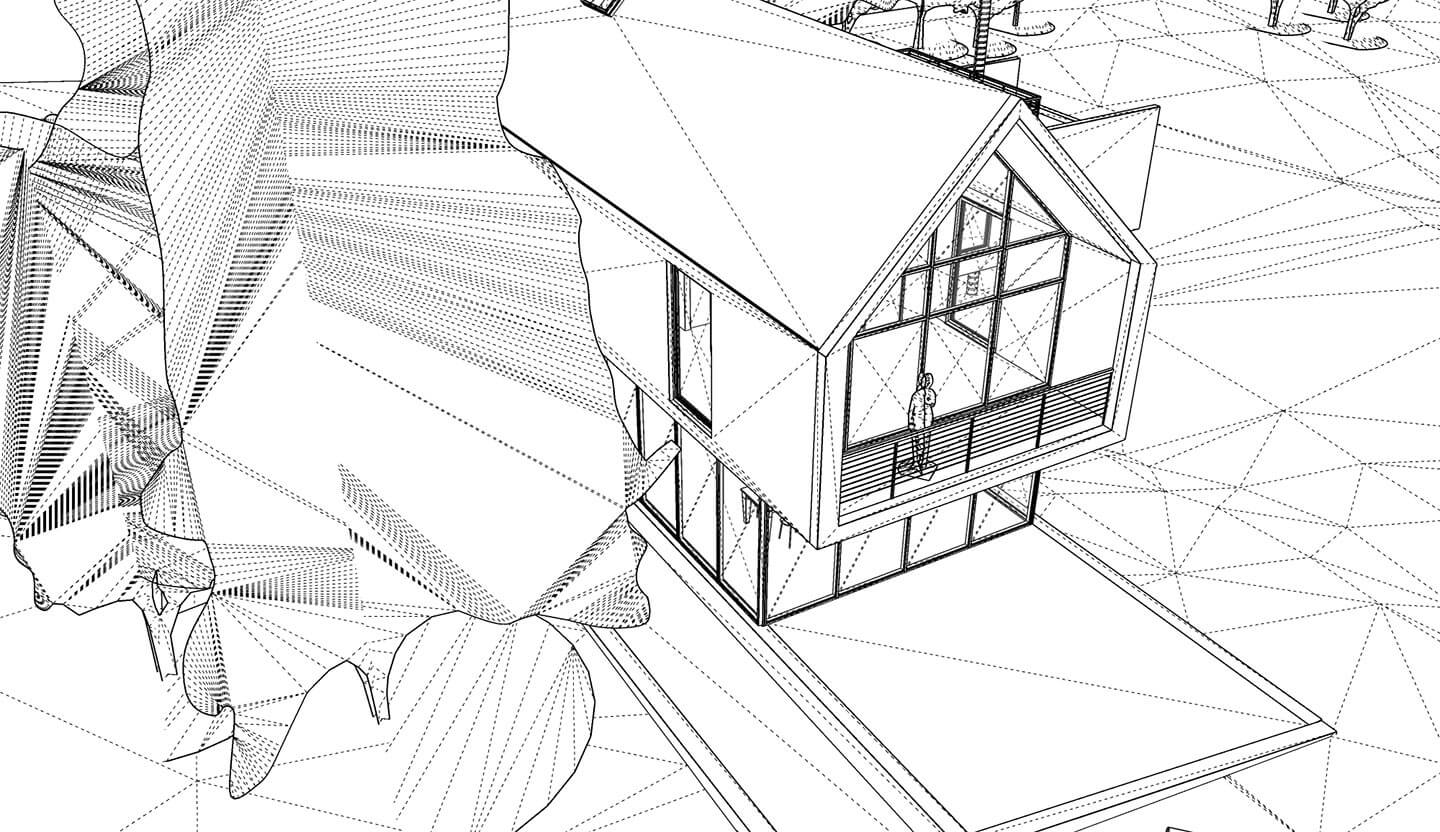

Still, it's not our goal to add more and more exclusive functionalities and leave Revit behind, not at all the case. I understand your concerns and it does in the end boil down to a matter of preference whether Enscape will be used with Revit, SketchUp, or even ArchiCAD/Rhino.

i'm too using revit and i have this problem Generally, render quality in sketchup is better than revit. or even number of Revit/SketchUp Enscape tutorials on YouTube Have you seen the amount of bad examples of Revit-Enscape renderings and scenes, ugh. This is probably a tread for Revit forum but is it just me or are there other jelly or frustrated Revit users out there? This has probably something to do with Revit being a massive dinosaur that is as great to work with as an architect, but it lacks the lightness and finess for concept and illustrations. One thing that I have noticed is that Sketchup Enscape is getting more powerful and with more options that Revit version. Even thou more powerful then Enscape this max-vray solution is way more time consuming and more complicated than staying in Revit and illustrating with Enscape. As a Revit user I was working with 3Ds max and Vray as an addition and render solution. Is there perhaps a faster workflow or more productive way to approach this? I would be very interested to get some replies on other users experience on this topic.So again, I would like to point out that Enscape is extremely cool and powerful tool that is greatly appreciated. I do use Cleanup and Material Tools plugins but this can take up to 30-50mins to process sometimes. So much so that almost more then half the time is spend in preparing and cleaning the models before I can start rendering views. On a small job this is acceptable but when working on large projects this is very time consuming. Then begins the task of separating geometry and opening up each grouped elements and apply materials. But when it comes to apply textures all the geometry is white(default) color material. When I get Skecthup export file from Revit there is no layers with geometry grouped separately and I can delete what is not required.

However some geometry for example walls and glass share the same color then the process starts to separate the two and apply new materials. Applying materials is a little faster because most of the geometry has a color assign to it form Revit. When I import the CAD file I get a list of layers that helps me to separate(delete) the model content I do not need( M&E, terrain or steel structure) depending on what I need to show in my visuals. The files are normally between 100-700Mb in size when I open in Sketchup. The client sends either 3D CAD dwg format files or Sketchup Export files using the Revit Sketchup plugin from Slimlab to export the files. Hi everyone - Just would like to check if I’m using the best workflow for importing models from Revit to Sketchup.


 0 kommentar(er)
0 kommentar(er)
